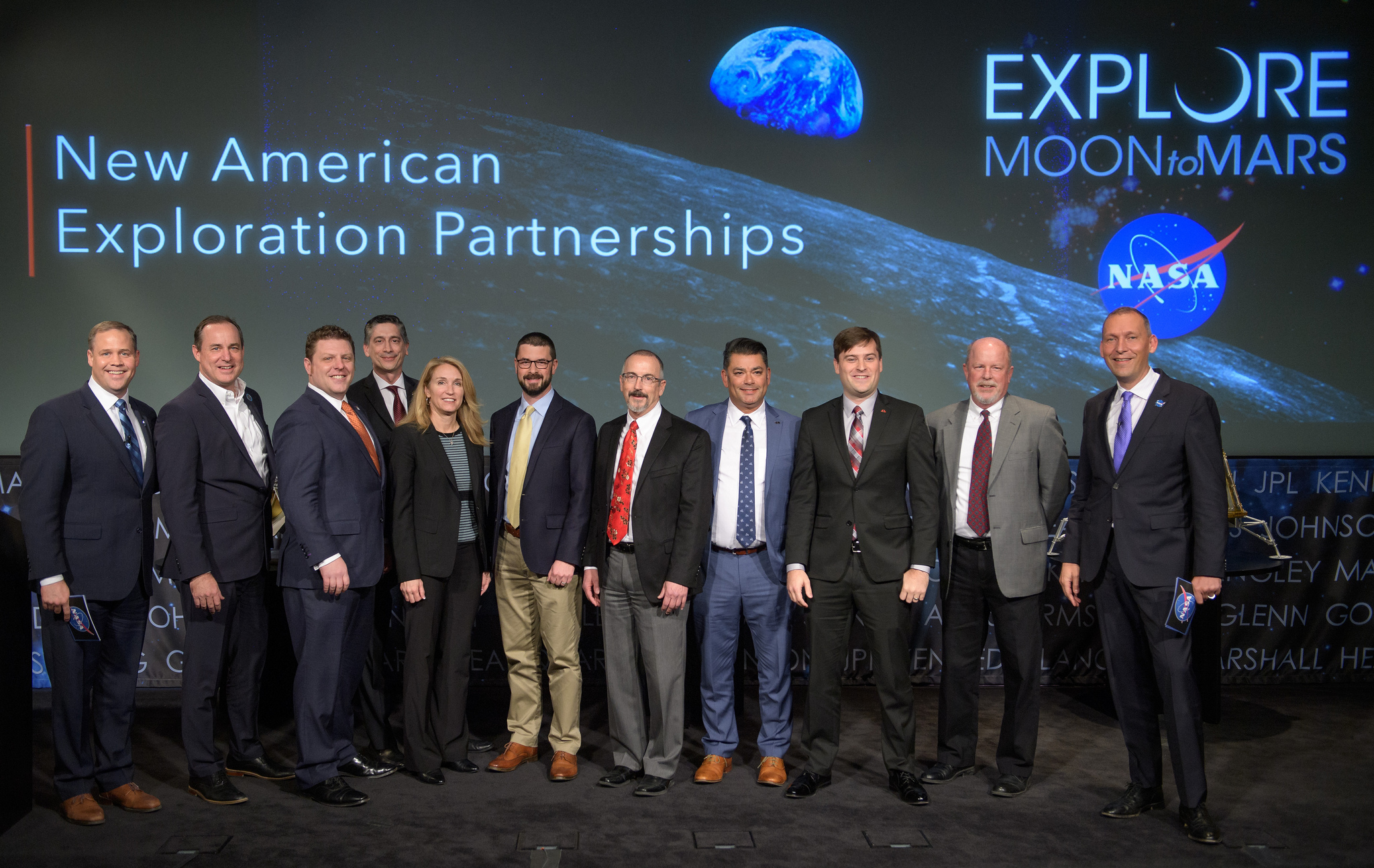NASA announced Thursday that it has partnered with nine companies to enable the delivery of small scientific payloads to the lunar surface. No money was exchanged up front, but the space agency said these companies would now be eligible to "bid" for contracts to deliver select experiments to the Moon.
The space agency made the lunar announcement with considerable fanfare, devoting an hour-long ceremony to questions from children, an astronaut in Houston bouncing on a wire to simulate lunar gravity, and other activities.
Beneath the pomp and circumstance, however, two factors stood out. One is that the science arm of NASA, the Science Mission Directorate, is getting more involved in funding lunar science experiments through this program. "The Moon is full of secrets that we don't know yet," Thomas Zurbuchen, who oversees scientific activities for NASA, said Thursday. And secondly, the government is taking a concrete step toward funding commercial activities on the Moon.
The companies
The nine companies that earned the right to bid on what are called Commercial Lunar Payload Services contracts are:- Astrobotic Technology Inc.: Pittsburgh
- Deep Space Systems: Littleton, Colorado
- Draper: Cambridge, Massachusetts
- Firefly Aerospace Inc.: Cedar Park, Texas
- Intuitive Machines LLC: Houston
- Lockheed Martin Space: Littleton, Colorado
- Masten Space Systems Inc.: Mojave, California
- Moon Express: Cape Canaveral, Florida
- Orbit Beyond: Edison, New Jersey


